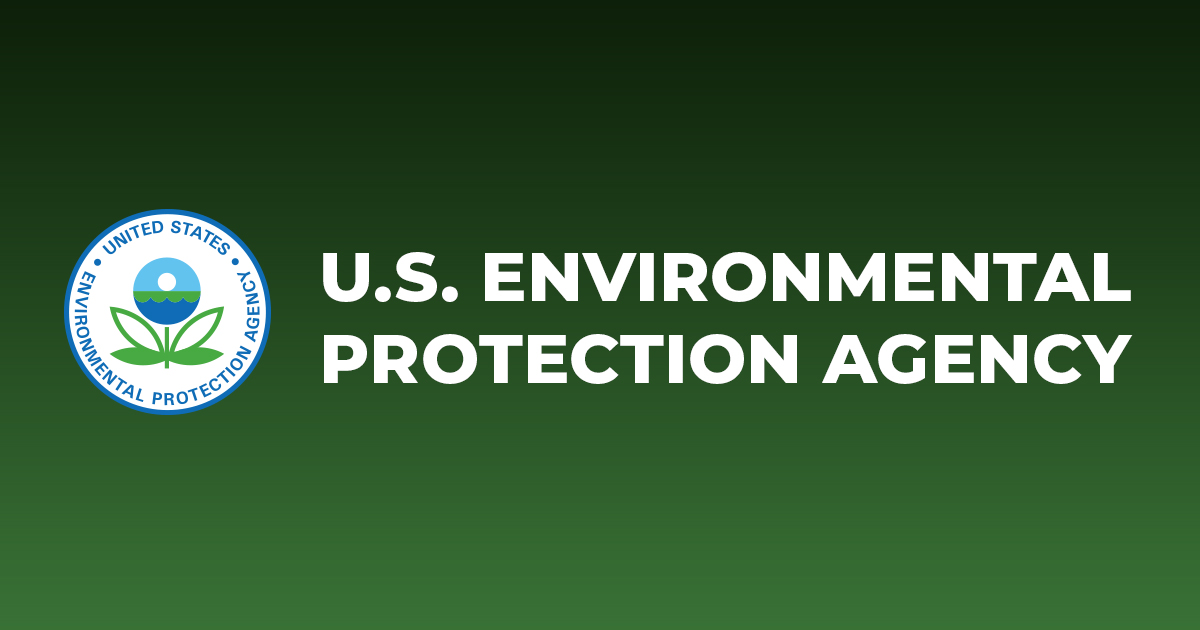I own a 2019 VS30 Sprinter 3500XD. Mercedes would like you to generally use ULSD all the time but if you are in a Midwest state like Minnesota they only sell biodiesel ranging from 5-20%. Mercedes manual allows bio5% but nothing over that.
My issue is this:
1) Many truck stops like Love’s and TA Petrol label their pumps either ULSD or perhaps or Bio5 or possibly Bio5-20 depending on geographic location. If you are driving through the Midwest how do you determine if you are pumping Bio5 or perhaps pumping Bio20% when the pumps are marked Bio5-20. Why isn’t the labeling clearer so you know exactly what you are buying? You could ruin you engine and your warranty Pumping Bio20. Any thoughts on this?
2) Apps like Gas Buddy identify U.S. Service stations where diesel is sold but the app does not identify the exact type of diesel that a particular station is selling. Why not? It should be a feature.
Am I missing something here?
My issue is this:
1) Many truck stops like Love’s and TA Petrol label their pumps either ULSD or perhaps or Bio5 or possibly Bio5-20 depending on geographic location. If you are driving through the Midwest how do you determine if you are pumping Bio5 or perhaps pumping Bio20% when the pumps are marked Bio5-20. Why isn’t the labeling clearer so you know exactly what you are buying? You could ruin you engine and your warranty Pumping Bio20. Any thoughts on this?
2) Apps like Gas Buddy identify U.S. Service stations where diesel is sold but the app does not identify the exact type of diesel that a particular station is selling. Why not? It should be a feature.
Am I missing something here?

 vic
vic